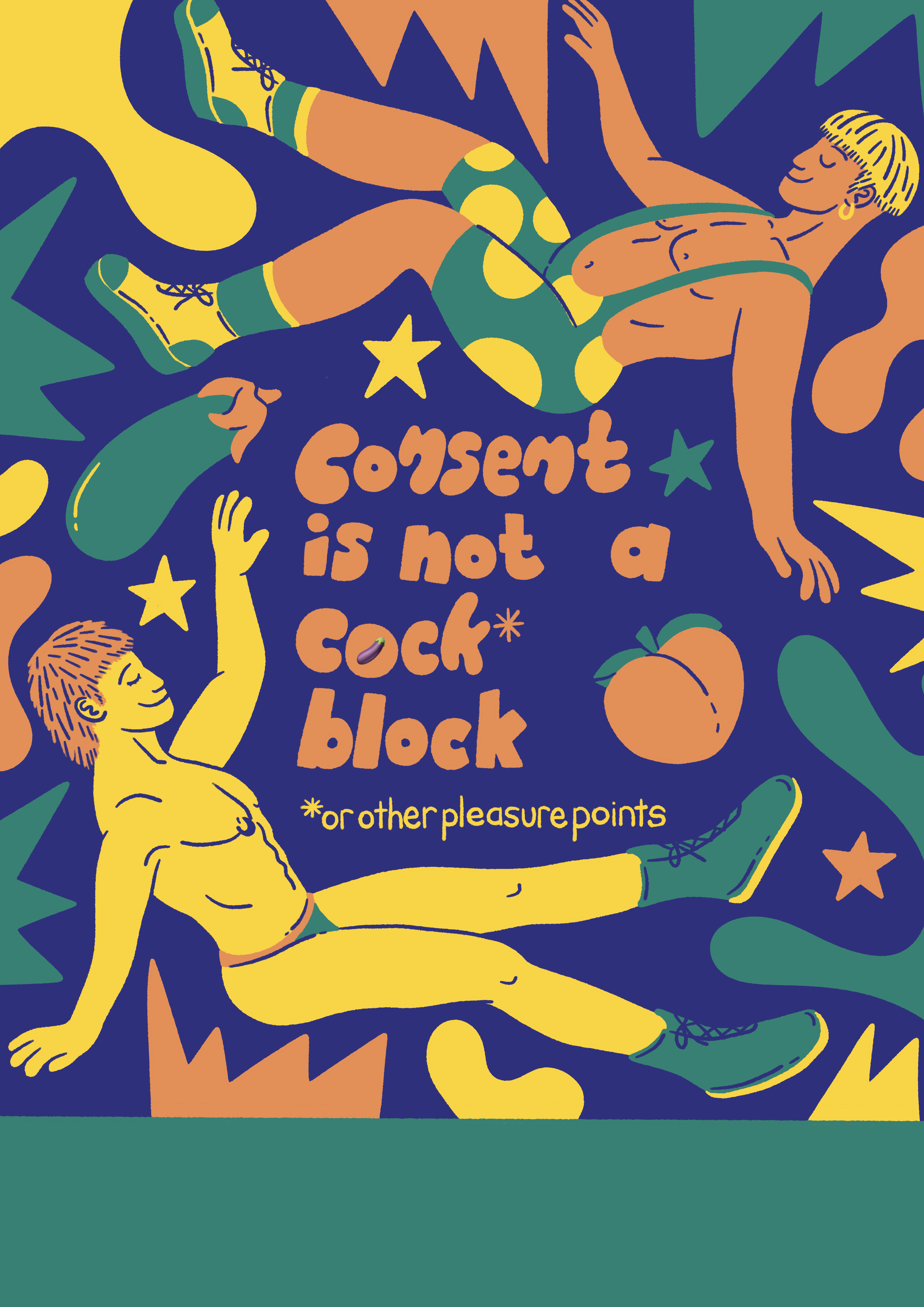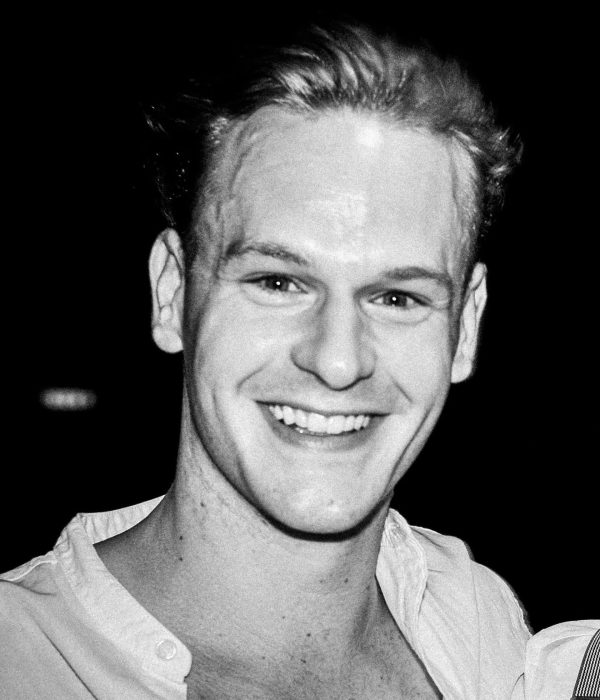Speaking up, breaking silence, and creating safe spaces for male victims of sexual violence
According to the Schaduwdansen study, 39% of dancers in the Netherlands have experienced transgressive behaviour. While much of the public conversation centers on women, the study also revealed that a significant number of male dancers have been affected — many of whom were young and still grappling with their sexuality at the time. Despite this, male victims rarely come forward.
To understand why this silence persists, and what can be done, Dans Veilig spoke with Thomas Garrod-Pullar, founder of MenAsWell, the Netherlands’ national center of expertise for male+, trans, non-binary, and intersex survivors of sexual violence.

“Everyone has boundaries. Respecting them — in others and in ourselves — can change lives. And that starts with listening.”
A personal starting point
Thomas, originally from the UK, founded MenAsWell after recognising a striking gap in the support available for male victims of sexual violence. Eight years ago, he experienced sexual violence himself — an event that set everything in motion. What struck him most was the lack of space and recognition for men in this conversation. “When I talked about it, the responses I received were… dismissive. People minimised what had happened. That, too, was damaging.”
Later, during Amnesty International’s Let’s Talk About Yes campaign, Thomas noticed that the initiative focused almost entirely on female victims. “That’s absolutely vital,” he says, “but if you’re campaigning to change the law, it should protect everyone. So I reached out.”
Amnesty told him they had never been contacted by a man who identified as a rape survivor. That silence was a red flag — and an invitation. “I teamed up with another activist, and we started something. It snowballed. I didn’t expect this to become my job, but I’m grateful that it did.”
What is MenAsWell?
Founded in response to that silence, MenAsWell now serves as the Dutch national center of expertise on sexual violence against male+ victims. That includes cisgender men, as well as trans, non-binary, and intersex individuals.
“We want to offer low-barrier, inclusive support to anyone who feels unseen in traditional services.”
The organisation provides:
- Therapy through a network of licensed psychotherapists (some of whom offer EMDR for trauma)
- Peer support via 12 trained ambassadors
- Educational programs for professionals in healthcare, social work, and education
- Advocacy and campaigns, often focusing on underrepresented communities, such as queer and ballroom subcultures
“We respond within 48 hours. People can register anonymously, and we match them with someone based on their needs — whether that’s therapy or just someone who will listen.”.”
Why men don’t speak up
One of the most sobering insights Thomas shares is how long it often takes for men to tell their story.
“On average, it takes 20 years for a man to disclose their experience. Masculinity, and how it’s socially constructed, often prevents men from recognising or naming what happened to them as sexual violence.”
MenAsWell deliberately avoids using clinical or legal terms upfront. “We use more neutral phrases like unwanted sexual experiences or touched against your will. That helps people relate without shutting down. It’s not about labelling someone, it’s about opening the door.”
In the UK, this approach has already shown results. “It makes things more accessible,” Thomas explains. “We see similar trends here: when we changed our language on the website, engagement jumped.”
How this relates to the dance world
“Any environment where bodies are central, and hierarchies are strong, is vulnerable to abuse. Especially for young people still figuring out who they are.” Yet male dancers are often absent from the conversation, both as subjects and as sources. “We know these experiences happen,” Thomas says, “but men are less likely to come forward. If they’re also questioning their sexuality, it’s even more complex.”
What organisations can do better
suggests. “Use inclusive imagery. Mention men explicitly in your communication. Even just creating a separate section for male dancers on your website can help normalise their presence and make them feel seen.”
Acknowledging male victims is just the first step. Real progress comes from a deeper understanding. “Recognise that men face unique barriers — stigma, misunderstanding, and internalized silence. Take their stories seriously, even if they don’t sound like what you expect.”
He urges professionals to meet survivors in their own words. “If someone says they were touched against their will, don’t jump in and say ‘That’s rape’. Let a psychotherapist guide that process over time.”
This principle applies not only to individual conversations, but also to the wider message organisations send. “Even healthcare providers or artists visiting your site will start to think differently if they see that space is made for male experiences. That shifts the norm.”
“If something happened to you that felt wrong, talk to someone. You’re not responsible for what other people did to you”
Final message to male dancers
“If something happened to you that felt wrong, talk to someone. You’re not responsible for what other people did to you. Shame is a heavy thing — but you don’t have to carry it alone.”
He emphasises that MenAsWell is here, and ready to help — without judgment, without pressure, and without the need to have all the answers.
“Everyone has boundaries. Respecting them — in others and in ourselves — can change lives. And that starts with listening.”
Want to know more?
Check out their Amsterdam Pride program and other activities via MenAsWell.

Do you recognise yourself in the experiences shared in this article, or do you have questions about your own situation?
You can reach out to MenAsWell for support. Whether you are looking for information, someone to listen, or further guidance, you are welcome to get in touch.
For dance schools and institutions seeking guidance, workshops, or co-creation around safe practices for male+ dancers, MenAsWell is open to collaboration.
